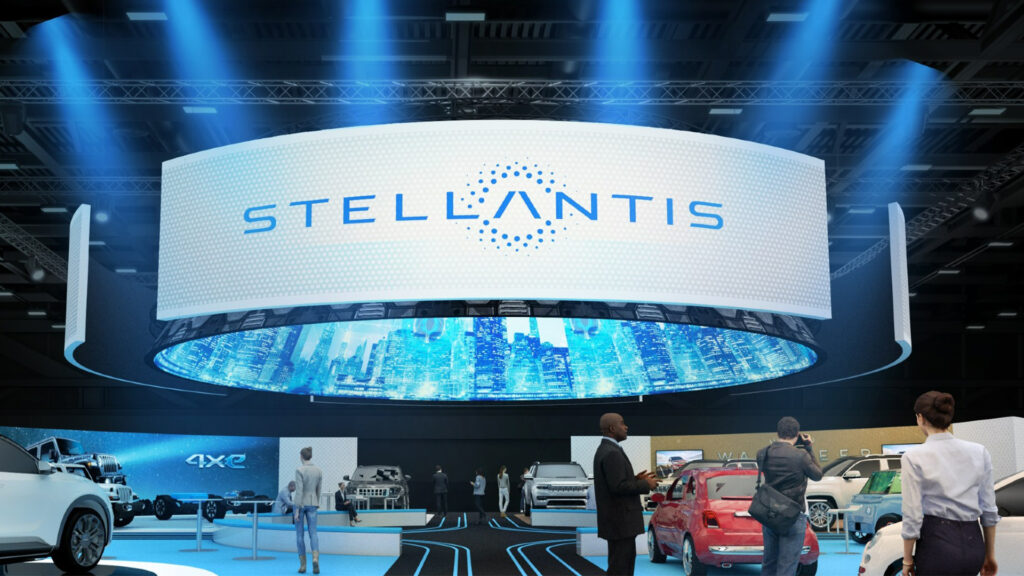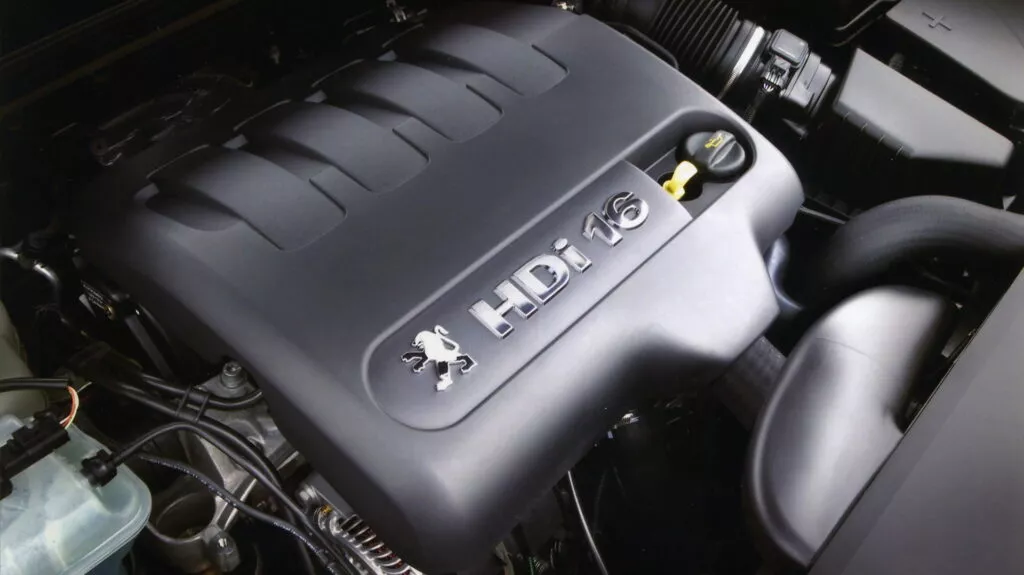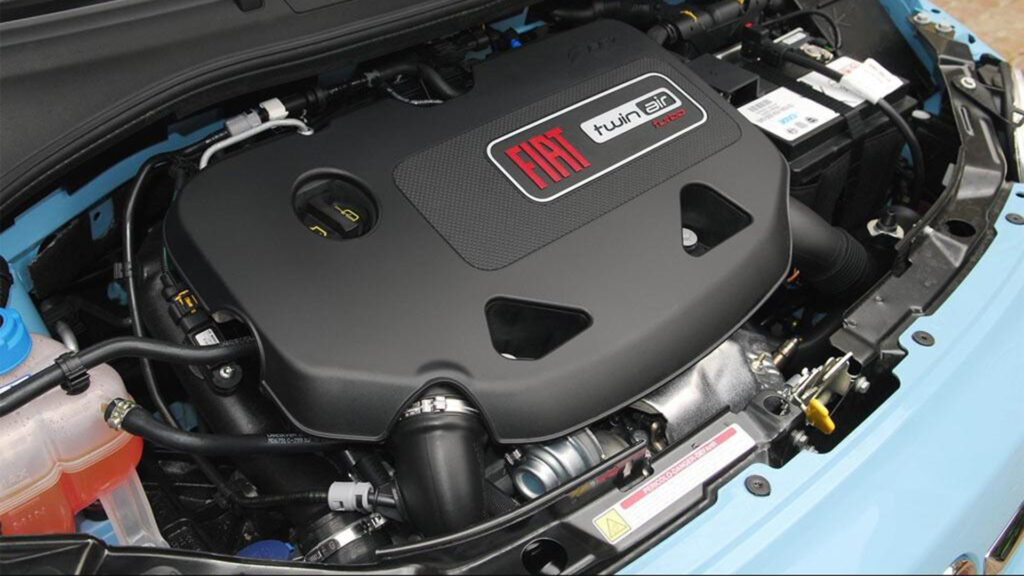Stellantis expects many of its combustion-powered vehicles to still be on the road until 2050 and as such, is looking for ways to increase their longevity.
All new cars sold by Stellantis in Europe by 2030 will be powered solely by electricity. However, many of the combustion-powered models that it produces between now and 2029 will be on the roads for more than two decades and it is eager to prolong their life with the use of synthetic e-fuels.
Read: Stellantis Is Readying Its Engines To Run On Synthetic Fuels
The car manufacturer recently conducted tests with Saudi oil behemoth Aramco and determined that 24 different combustion engines it has been selling in Europe since 2014 can use e-fuels without modification. Stellantis believes that it has approximately 28 million vehicles currently on European roads that can run on e-fuels and says that ditching traditional fuels will allow it to reduce CO2 emissions by up to 400 million metric tons between 2025 and 2050.

“We have to really take care about our inventory fleet,” Stellantis senior vice president for propulsion systems for the EMEA region, Christian Mueller told Reuters. “I think 25% of our vehicles are still in use after 20 years. Hence, this kind of exposure time to e-fuels is considerable, very considerable.”
While current production of e-fuels remains small, Aramco transport chief technologist Amer Amer has confirmed the oil giant will commence production of e-fuels in early 2025 at demonstration plants it operates in Saudi Arabia and Spain.
Stellantis commenced testing of its current combustion engines to run on e-fuels earlier this year. It analyzed the tailpipe emissions, startability, engine power, reliability endurance, oil dilution, fuel tank, fuel lines, and filters of its existing engine families through these tests.




